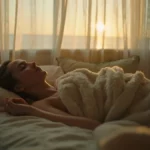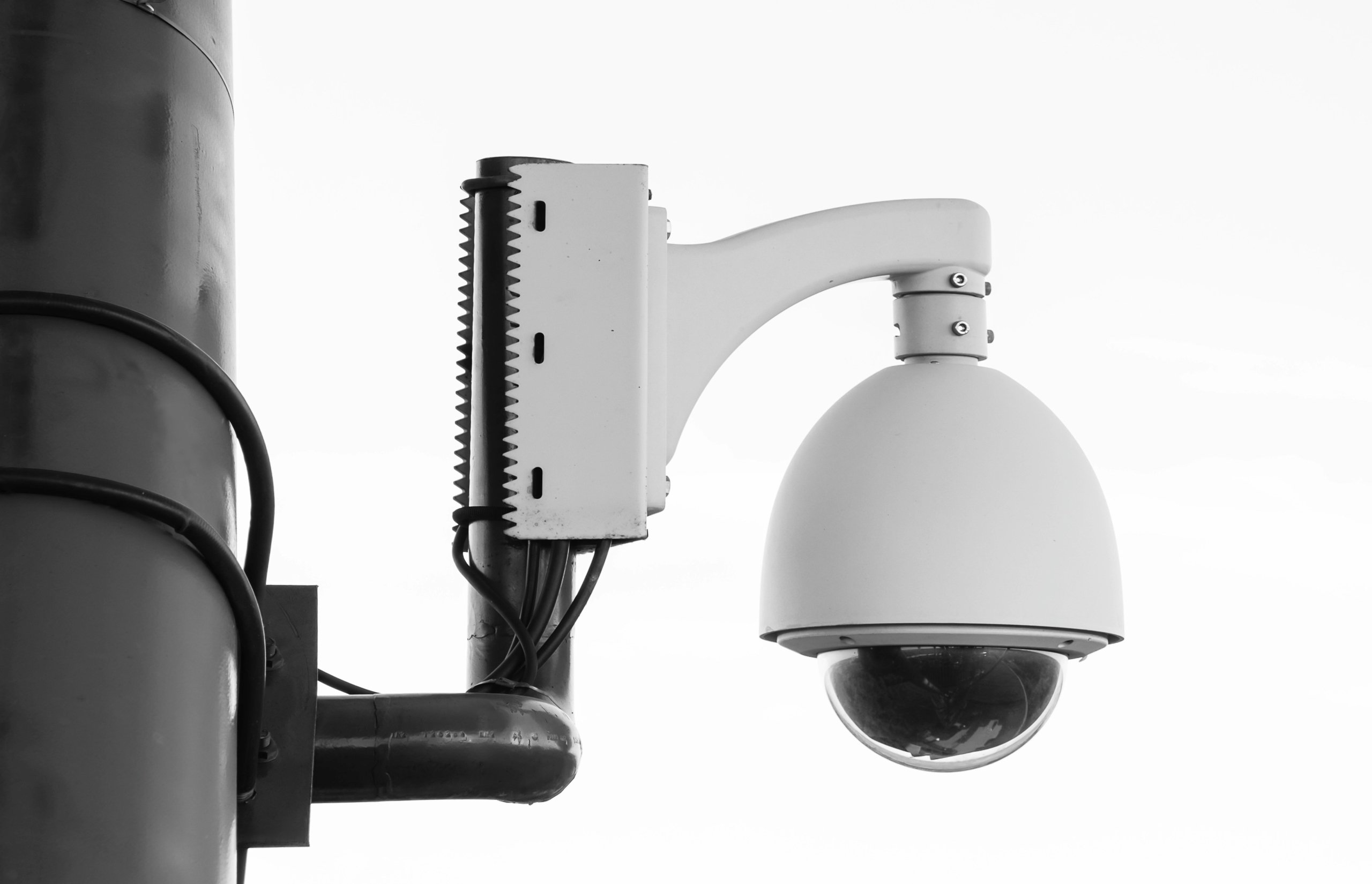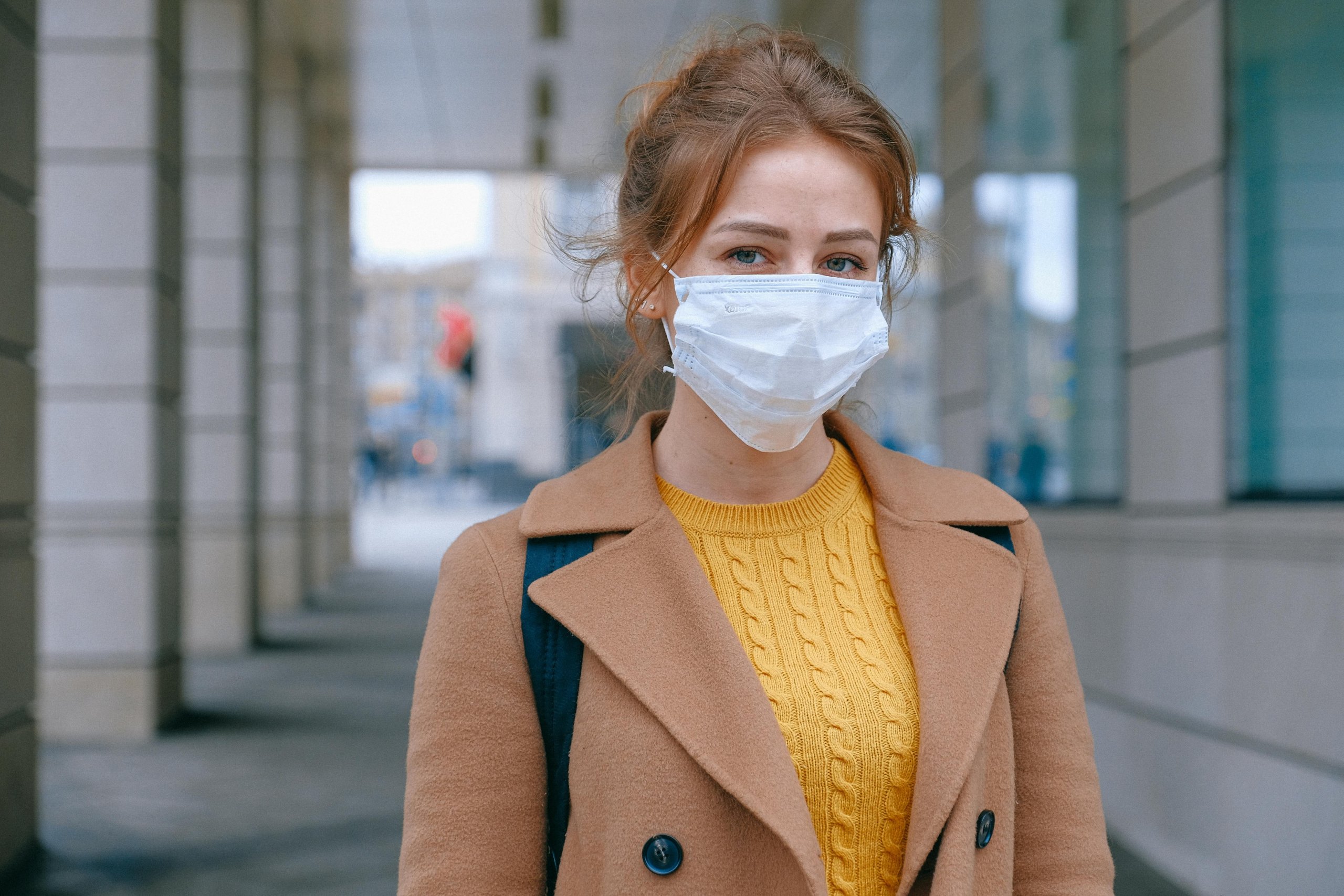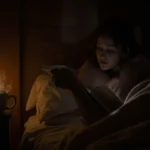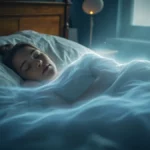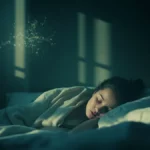When evening rolls around, and you find yourself unwinding with a final scroll through your phone or binging a favorite show, you might not realize you’re inviting a stealthy saboteur into your sleep sanctuary. Like many, I experienced this firsthand: hours spent under the glow of screens left me tossing and turning past midnight, waking up weary and unfocused. This familiar struggle highlights a pervasive issue: the often-underestimated impact of blue light on our precious sleep cycle. Understanding this invisible force is the first step toward reclaiming restful nights. Let’s delve into how screens affect your rest and, more importantly, what actionable steps you can take to protect your sleep.
Understanding Blue Light: The Science Behind Sleep Disruption
For most of human history, our internal clocks were perfectly synchronized with the sun’s rhythm. Sunrise meant activity, and sunset signaled rest. However, the advent of artificial light, especially the pervasive glow of modern digital screens, has introduced a significant wrench into this ancient system. It’s not just any light that’s disruptive; it’s a specific segment of the visible spectrum that plays a crucial role in regulating our circadian rhythm. Let’s unpack the science of how this particular light profoundly impacts our ability to fall asleep and stay asleep.
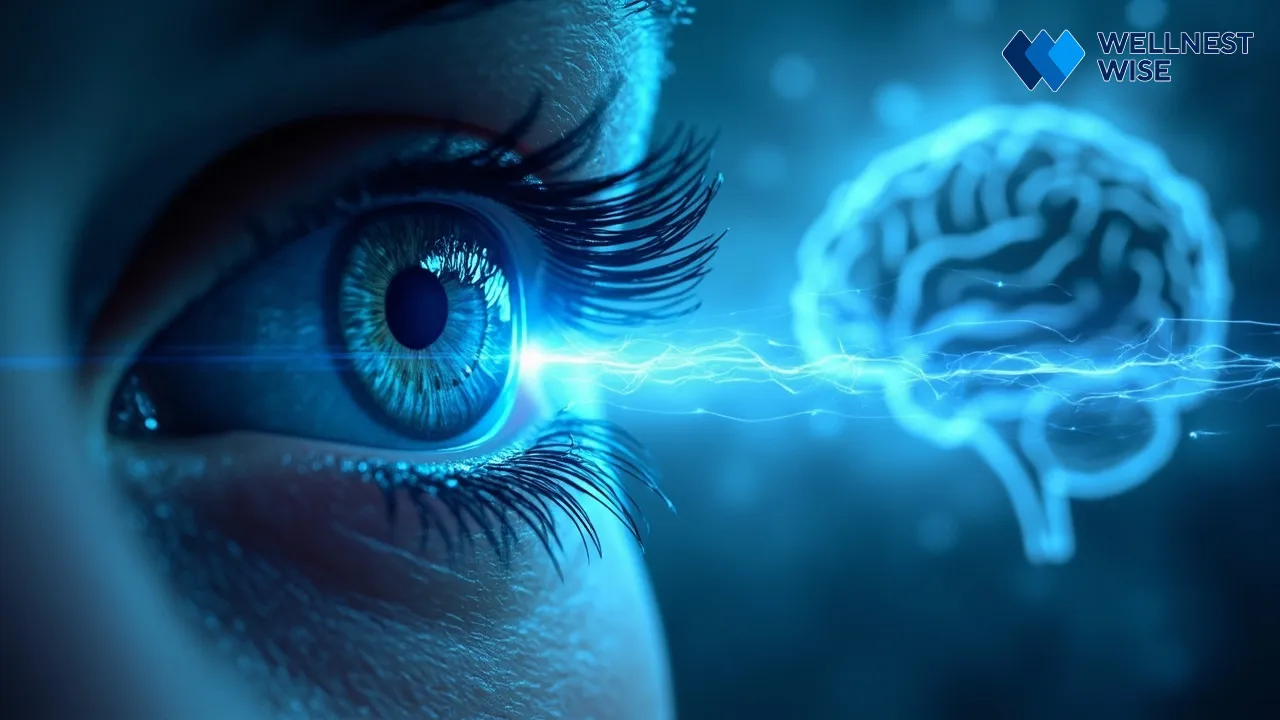
What is Blue Light and Why Does it Matter for Sleep?
Blue light refers to a segment of the visible light spectrum characterized by short wavelengths and high energy. While it’s naturally present in sunlight, which is beneficial for boosting alertness and mood during the day, artificial sources like LED screens and fluorescent bulbs emit it in significant amounts. For sleep, it matters because our bodies are incredibly sensitive to this specific wavelength, especially during the evening hours. Exposure during these times sends confusing signals to our internal clock, making it difficult to transition into a state of rest.
The Crucial Role of Your Circadian Rhythm and Internal Clock
Your circadian rhythm is your body’s innate 24-hour cycle, a biological clock that governs crucial physiological processes, including your sleep-wake cycle. This internal clock, primarily controlled by the suprachiasmatic nucleus (SCN) in your brain, responds to light and darkness cues from your environment. During the day, light signals alertness; as darkness falls, your SCN signals the release of melatonin, the hormone responsible for initiating sleep. When this delicate balance is disrupted, your entire rhythm can be thrown off, leading to challenges with sleep onset and quality.
How Blue Light Suppresses Melatonin: The Sleep-Inducing Hormone
The most direct and scientifically documented effect of blue light on sleep is its potent ability to suppress the production and release of melatonin. “Melatonin production reduction from blue light exposure can decrease total sleep time and lower sleep quality,” as noted in reviews from the NIH and NCBI. When your eyes perceive blue light, particularly in the evening, your brain interprets it as daytime. This signal prevents the pineal gland from producing sufficient melatonin, keeping you feeling awake and alert when your body should be preparing for rest.
The Pathway: From Retinal Ganglion Cells to the Suprachiasmatic Nucleus (SCN)
This critical suppression pathway begins in your eyes. Specialized photoreceptor cells called intrinsically photosensitive retinal ganglion cells (ipRGCs) are highly sensitive to blue light, particularly in the 460-480 nm wavelength range. When these cells detect blue light, they send direct signals to the suprachiasmatic nucleus (SCN), your body’s master clock. This signaling pathway effectively tells your brain, “It’s still daytime!” even if the clock on the wall says it’s well past sunset, actively inhibiting melatonin synthesis.
The Domino Effect: From Light Exposure to Disrupted Sleep Cycles
The suppression of melatonin by blue light isn’t an isolated event; it triggers a cascade of effects that can severely disrupt your entire sleep cycle. Less melatonin means a longer time to fall asleep (increased sleep latency), and when you eventually do drift off, the quality of that sleep can be compromised. Studies suggest “evening exposure to blue light can delay sleep onset by up to 1-2 hours.” This can lead to lighter, more fragmented sleep, reducing the time spent in vital deep and REM sleep stages, which are crucial for physical and mental restoration.
Everyday Sources of Blue Light Exposure
In our hyper-connected world, blue light is often an invisible constant, emanating from the very devices that keep us informed, entertained, and productive. It’s easy to overlook just how much of our daily lives, particularly our evenings, are bathed in this specific light spectrum. Recognizing these common culprits is the first step toward consciously managing your exposure and protecting your sleep health.
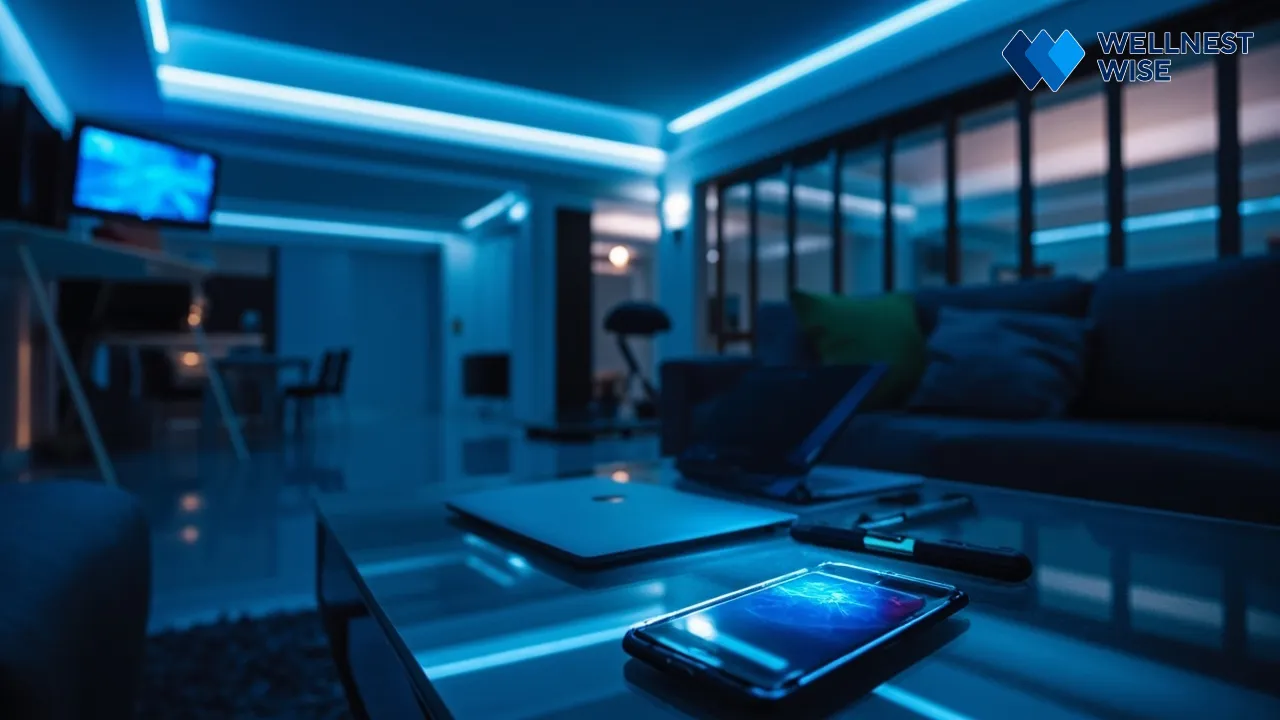
Digital Screens: Your Constant Companion in the Modern World
It’s almost impossible to imagine a day without digital screens. From the moment we wake up to the last moments before we sleep, these devices are ever-present. Each emits a significant amount of blue light, which, while useful for clarity and brightness during the day, becomes a problem when evening approaches and our bodies prepare for rest.
Smartphones, Tablets, and Computers: Their Pervasive Presence
These handheld and desktop devices are arguably the most significant sources of evening blue light exposure. Whether you’re checking emails on your smartphone, reading an e-book on your tablet, or finishing work on your computer, their screens emit light that can directly interfere with your body’s melatonin production. This pervasive presence means constant vigilance is required, especially in the hours leading up to bedtime.
Television Screens and Gaming Consoles: The Larger Displays
Beyond personal devices, larger displays like television screens and gaming consoles also contribute to our nightly blue light intake. While you might sit further from a TV than a phone, the sheer size and brightness of these screens can still deliver a substantial dose of sleep-disrupting light. Engaging with high-stimulus content on these devices also adds a psychological arousal factor, compounding the issue.
The Impact of Modern Lighting: LED Bulbs and Fluorescent Lamps
It’s not just screens; the very light fixtures in our homes contribute significantly. Modern LED bulbs and fluorescent lamps, while energy-efficient, often emit a cooler, bluer spectrum of light compared to traditional incandescent bulbs. This pervasive “cool white” lighting can extend daytime signals well into the night, disrupting our natural circadian rhythm even without direct screen use. Opting for warmer-toned lighting in the evenings can make a real difference.
Natural Blue Light: Differentiating Daylight from Evening Exposure
It’s important to remember that blue light itself isn’t inherently bad. Natural blue light from the sun is crucial for regulating our circadian rhythm during the day, boosting alertness, mood, and cognitive function. The key differentiator is timing. Our bodies are designed to receive blue light during daylight hours and darkness as evening falls. Problems arise when artificial blue light extends “daytime” into the night, confusing our biological clock.
The Far-Reaching Impact of Impaired Sleep Quality
We’ve all experienced the immediate effects of a poor night’s sleep: that groggy feeling, the struggle to concentrate, the irritable mood. But the repercussions of chronic sleep deprivation extend far beyond a single tired day. When blue light consistently disrupts our sleep cycle, the cumulative toll on our physical and mental health can be profound, affecting everything from our daily performance to our long-term well-being.

Cognitive Function and Daily Performance Challenges
When you don’t get enough quality sleep, your brain simply can’t perform at its best. “Cognitive function and daily performance challenges” become a daily reality. Think about trying to focus on a complex task after a restless night – it’s like wading through mud. Lack of sleep impairs attention span, memory consolidation, problem-solving abilities, and decision-making. This can lead to reduced productivity at work or school, increased errors, and even slower reaction times, posing risks in daily activities like driving.
Mood Regulation and Emotional Well-being: The Mental Toll
Sleep is intrinsically linked to our emotional health. Chronic sleep deprivation can make you more prone to irritability, stress, anxiety, and even depression. Our brains use sleep to process emotions and regulate mood; when this process is interrupted, emotional resilience diminishes. It’s a vicious cycle: poor sleep exacerbates mood issues, which in turn can make it even harder to sleep. Prioritizing quality sleep is a vital step toward maintaining stable emotional well-being.
Long-Term Health Implications of Chronic Sleep Deprivation
While the immediate effects of poor sleep are noticeable, the long-term health implications of chronic sleep deprivation are far more concerning. Consistent disruption to your circadian rhythm and inadequate sleep doesn’t just make you tired; it can quietly undermine your overall health and increase your risk for a range of serious conditions over time. It’s a wake-up call to take sleep seriously.
Metabolic Health and Hormonal Balance
“Chronic sleep deprivation can significantly impact metabolic health and hormonal balance,” making you more vulnerable to issues like weight gain, obesity, insulin resistance, and even type 2 diabetes. Sleep plays a critical role in regulating hormones like ghrelin (which stimulates appetite) and leptin (which signals fullness). When sleep is insufficient, ghrelin levels rise, and leptin levels fall, leading to increased hunger and cravings, often for unhealthy foods. Moreover, it can disrupt cortisol levels, impacting stress response and fat storage.
Immune System Function and Overall Resilience
Your immune system relies heavily on consistent, quality sleep to function optimally. During sleep, your body produces cytokines, a type of protein that targets infection and inflammation. When you’re sleep-deprived, the production of these protective cytokines decreases, and your body’s ability to fight off common infections like colds and flu is severely compromised. This weakens your overall resilience and leaves you more susceptible to illness, making proper sleep an essential defense mechanism for your health.
Actionable Strategies to Shield Your Sleep from Blue Light’s Influence
If you’ve been struggling with sleep and suspect blue light is playing a role, the good news is that you’re not powerless. There are numerous effective strategies you can implement to mitigate its disruptive effects and reclaim your evenings for restful sleep. From simple behavioral shifts to smart technological solutions, taking proactive steps can significantly improve your sleep quality and well-being.
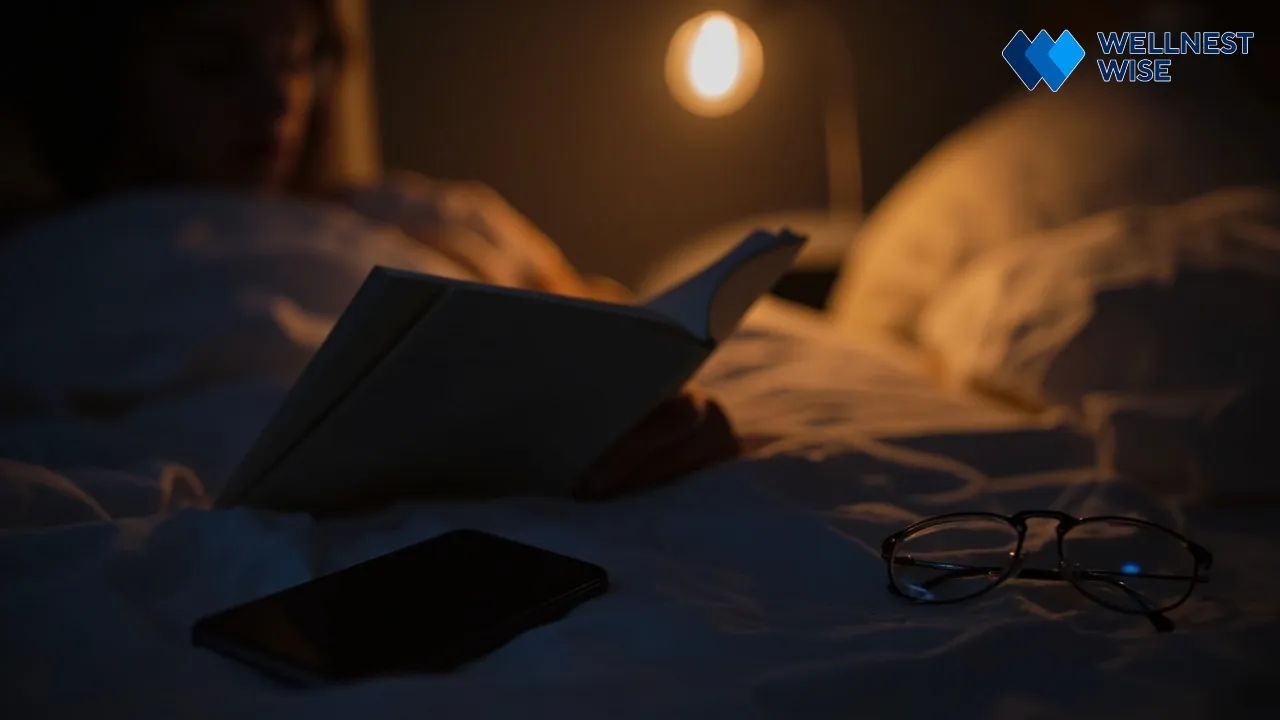
Optimizing Your Evening Screen Time: When and How to Engage
The relationship we have with our digital screens is complex, but it doesn’t have to be an all-or-nothing battle. The key lies in strategic optimization, understanding when to reduce exposure, and how to make your unavoidable screen time less disruptive to your sleep cycle. Even small adjustments can make a significant difference.
Establishing a Digital Sunset Routine for Better Sleep Hygiene
Think of it as setting a “digital sunset” for your brain. This means establishing a firm cutoff time for screen time before bed. Aim to power down all devices at least one to two hours before you plan to sleep. This creates a buffer zone, allowing your body to naturally increase melatonin production. Use this time for relaxing activities: reading a physical book, listening to calming music, or journaling. This simple evening routine for sleep is a cornerstone of good sleep hygiene tips.
Leveraging Dark Mode Benefits and Night Shift Features on Devices
Most modern devices offer built-in features designed to reduce blue light. Activating dark mode benefits by switching your device’s interface to a dark background with light text can reduce overall screen brightness and perceived blue light. Even more impactful are “Night Shift” (iOS), “Night Light” (Android/Windows), or “f.lux” (third-party app) features. These automatically shift your screen’s color temperature to warmer, more yellow tones in the evening, significantly reducing blue light emission without requiring you to stop using your device entirely.
Exploring Effective Blue Light Filtering Solutions and Apps
Beyond built-in settings, a range of external blue light filter for sleep solutions can further protect your eyes and circadian rhythm. These options offer varying degrees of protection and convenience, allowing you to choose what best fits your lifestyle and device usage habits.
- Software-based Filters: Many operating systems and third-party applications provide digital filters.
- iOS Night Shift: Automatically shifts display colors to the warmer end of the spectrum after sunset.
- Android Night Light/Eye Comfort Shield: Similar to Night Shift, reducing blue light output.
- Windows Night Light: Adjusts desktop display to warmer colors.
- f.lux: A popular third-party application for computers that adapts the screen’s color to the time of day, making it warm at night and bright during the day. These programs work by changing the color temperature of your screen, effectively reducing the blue spectrum and promoting warmer, more sleep-friendly hues.
- Physical Screen Protectors: These are films or glass covers that adhere to your device screen. They are engineered to block a specific percentage of blue light wavelengths before they even reach your eyes. These can be particularly useful for devices without robust software filtering options or for those who want an ‘always-on’ physical barrier.
- Device-Specific Settings: Many smart TVs and monitors now include settings to manually adjust color temperature or offer a “low blue light mode.” Delving into your device’s display settings can often reveal hidden options to reduce blue light output directly from the hardware.
The Effectiveness of Blue Light Blocking Glasses: A Scientific Perspective
For many, blue light glasses sleep have become a popular tool, and scientific research supports their effectiveness. Studies using blue light filtering glasses (specifically amber or orange-tinted ones) have shown improvements in melatonin secretion and sleep quality. “Use of blue light filtering glasses or apps has been shown to improve sleep onset latency and efficiency in controlled trials.” (NCBI). These glasses work by physically filtering out the wavelengths of light (especially 460-480 nm) most disruptive to melatonin production, providing a protective barrier for your eyes during evening screen use.
Choosing the Right Blue Light Blocking Eyewear for Evening Use
When selecting blue light blocking glasses, look for those with amber or orange-tinted lenses, as these are most effective at filtering the specific blue-green wavelengths that impact melatonin secretion. Clear lenses often marketed as “blue light blocking” may offer some relief from digital eye strain, but they are generally less effective at blocking the sleep-disrupting blue light spectrum. Ensure the glasses are comfortable and cover your field of vision adequately for optimal protection during your evening screen time.
Enhancing Your Sleep Environment for Optimal Rest and Recovery
Beyond managing blue light, creating an ideal sleep environment significantly boosts your chances of restful recovery. Aim for a bedroom that is dark, quiet, and cool. Blackout curtains are excellent for blocking external light, and maintaining a room temperature between 60-67°F (15-19°C) is often recommended for optimal comfort. Consider earplugs or a white noise machine if your area is noisy, and ensure your mattress and pillows provide adequate support. A comfortable, dark, and cool sanctuary signals to your body that it’s truly time to rest.
Cultivating a Holistic Approach to Better Sleep Quality
While managing blue light exposure is a crucial piece of the puzzle, achieving truly restorative sleep often requires a more comprehensive approach. Think of it as a symphony where every instrument needs to be in tune. By integrating various sleep hygiene tips and lifestyle adjustments, you can create an environment and routine that consistently supports deep, rejuvenating rest. It’s about building a foundation for sleep quality improvement that extends beyond just screen time.
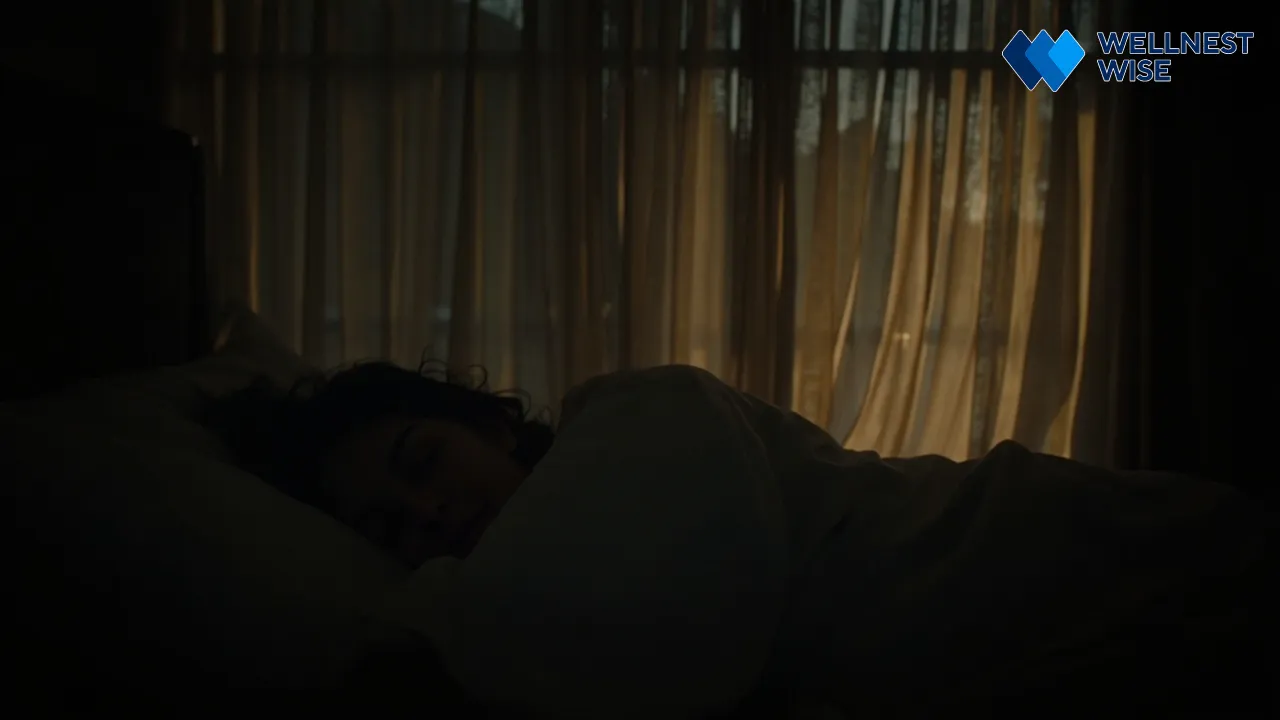
Beyond Blue Light: Other Essential Sleep Hygiene Practices
To truly optimize your sleep, it’s vital to address other factors that can influence your circadian rhythm and overall rest. These practices, when combined with blue light management, form a powerful strategy for consistent, high-quality sleep.
- Consistent Sleep Schedule: The importance of maintaining regular bedtimes and wake-up times, even on weekends, for reinforcing the circadian rhythm. Going to bed and waking up at roughly the same time each day helps regulate your internal clock, making it easier to fall asleep and wake up naturally.
- Creating a Conducive Sleep Environment: Tips for optimizing bedroom temperature, darkness, noise levels, and comfort. Your bedroom should be a sanctuary for sleep: cool (around 65°F or 18°C), dark (use blackout curtains), and quiet (consider earplugs or white noise).
- Nutrition and Hydration: Guidance on avoiding heavy meals, caffeine, and alcohol close to bedtime, and staying adequately hydrated throughout the day. Heavy, spicy, or sugary foods too close to sleep can cause indigestion. Caffeine can linger in your system for hours, and alcohol, while initially sedating, disrupts sleep cycles later in the night.
- Regular Physical Activity: How moderate exercise can improve sleep quality, with a note on timing to avoid evening stimulation. Regular physical activity, especially aerobic exercise, can significantly deepen sleep, but avoid intense workouts too close to bedtime as they can be stimulating.
- Stress Management Techniques: Incorporating relaxation practices like meditation, deep breathing, or gentle stretching into your evening routine. A calm mind is essential for sleep. Dedicate time to unwind, perhaps with a warm bath or mindful breathing exercises, to signal to your body that it’s time to relax.
Recognizing Persistent Sleep Issues: When to Seek Expert Advice
While these strategies offer powerful tools for sleep quality improvement, it’s important to recognize when self-help measures aren’t enough. If you consistently struggle to fall asleep, stay asleep, or feel refreshed despite implementing robust sleep hygiene tips and blue light mitigation, it might be time to seek professional guidance. Persistent sleep issues can be symptoms of underlying health conditions like insomnia, sleep apnea, or restless legs syndrome. A sleep specialist can accurately diagnose the problem and recommend tailored treatments, helping you regain control over your sleep and overall health.
Empowering Your Journey to Restful Nights
In a world increasingly dominated by screens and artificial light, consciously managing your blue light exposure is no longer a luxury but a necessity for optimal health and well-being. By understanding the science behind how screens affect your rest and implementing practical, evidence-based strategies, you can profoundly transform your sleep experience. This journey is about empowering yourself to take control, recognizing that quality sleep is the cornerstone of a vibrant and healthy life.
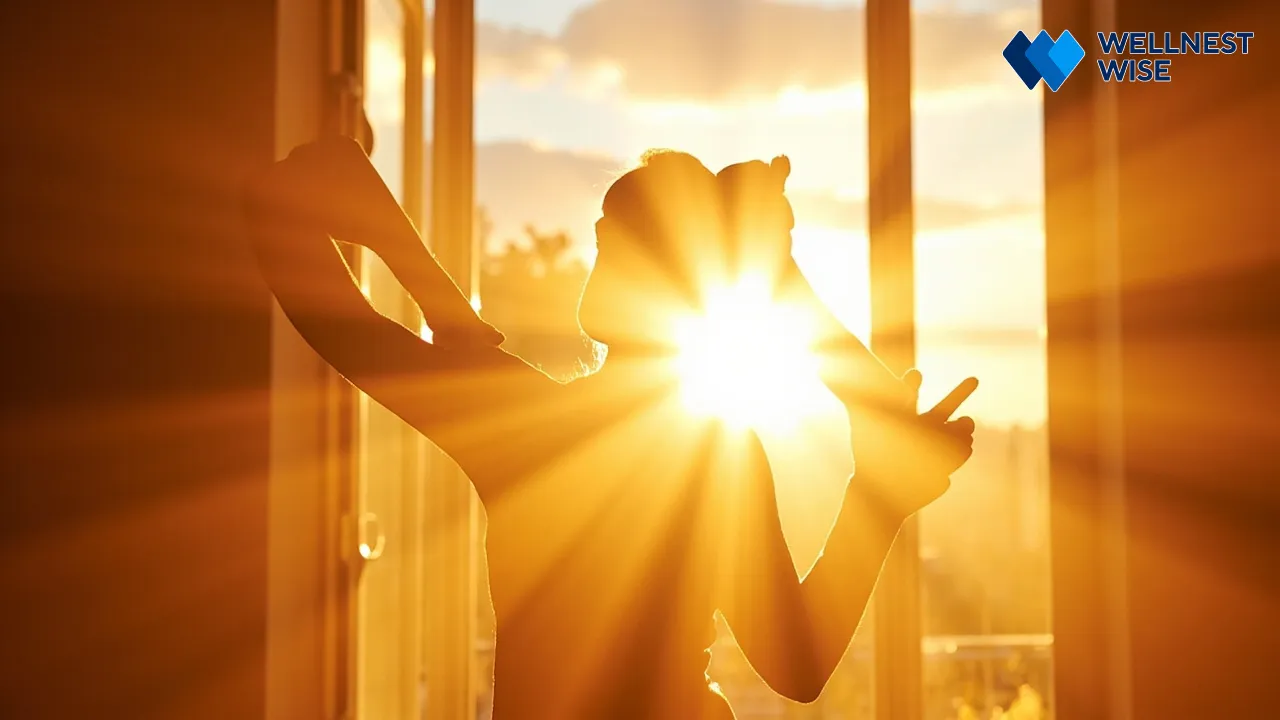
Key Takeaways for Protecting Your Circadian Rhythm and Sleep Health
Remember, your circadian rhythm is a delicate biological clock that thrives on consistency and clear signals. Protecting it means making informed choices, especially as evening approaches. Prioritize a “digital sunset” at least one hour before bed, leveraging your device’s built-in blue light filter for sleep features like Night Shift or Dark Mode, and consider investing in blue light blocking glasses if you must use screens later in the evening. Combining these with a holistic approach to sleep hygiene tips will yield the best results for your sleep quality improvement.
Building Sustainable Habits for Long-Term Sleep Quality Improvement
Transforming your sleep won’t happen overnight, but building sustainable habits will lead to long-term gains. Start with small, manageable changes and gradually incorporate more strategies into your evening routine for sleep. Consistency is key: make these choices a regular part of your daily life. Your commitment to managing blue light and sleep is an investment in your energy, mood, and overall health. Embrace these changes, listen to your body, and enjoy the profound benefits of truly restful nights.
FAQ
Practical, scientific Q&A
How does blue light specifically prevent me from falling asleep?
Blue light prevents you from falling asleep by signaling to your brain that it’s daytime, thereby suppressing the production of melatonin, the hormone that makes you feel sleepy. Specialized cells in your eyes, retinal ganglion cells, are highly sensitive to blue light (especially at 460-480 nm wavelengths) and communicate directly with your brain’s suprachiasmatic nucleus (SCN), your internal clock. This strong signal effectively delays your body’s natural transition into sleep, making it harder to initiate and maintain sleep.
What are the most effective ways to block blue light before bed?
The most effective ways to block blue light before bed involve a combination of behavioral changes and technological aids. The gold standard is to cease all screen time before bed (smartphones, tablets, computers, TVs) at least 1-2 hours before you plan to sleep. For unavoidable evening screen use, utilize your device’s built-in blue light filter for sleep features (e.g., Night Shift, Night Light) or third-party apps like f.lux, which shift screen colors to warmer tones. Additionally, wearing amber or orange-tinted blue light blocking glasses during evening screen exposure can significantly filter out disruptive wavelengths.
Are blue light blocking glasses truly effective, and which ones should I choose?
Yes, blue light blocking glasses can be truly effective, particularly those with amber or orange-tinted lenses that block a high percentage of blue-green light in the 460-480 nm range. Scientific studies (e.g., from NCBI) have shown that these types of glasses can help improve melatonin production and sleep onset latency. When choosing, look for glasses specifically designed to filter these sleep-disrupting wavelengths, rather than just clear lenses that primarily reduce digital eye strain. Ensure they are comfortable and cover your full field of vision for optimal protection.

